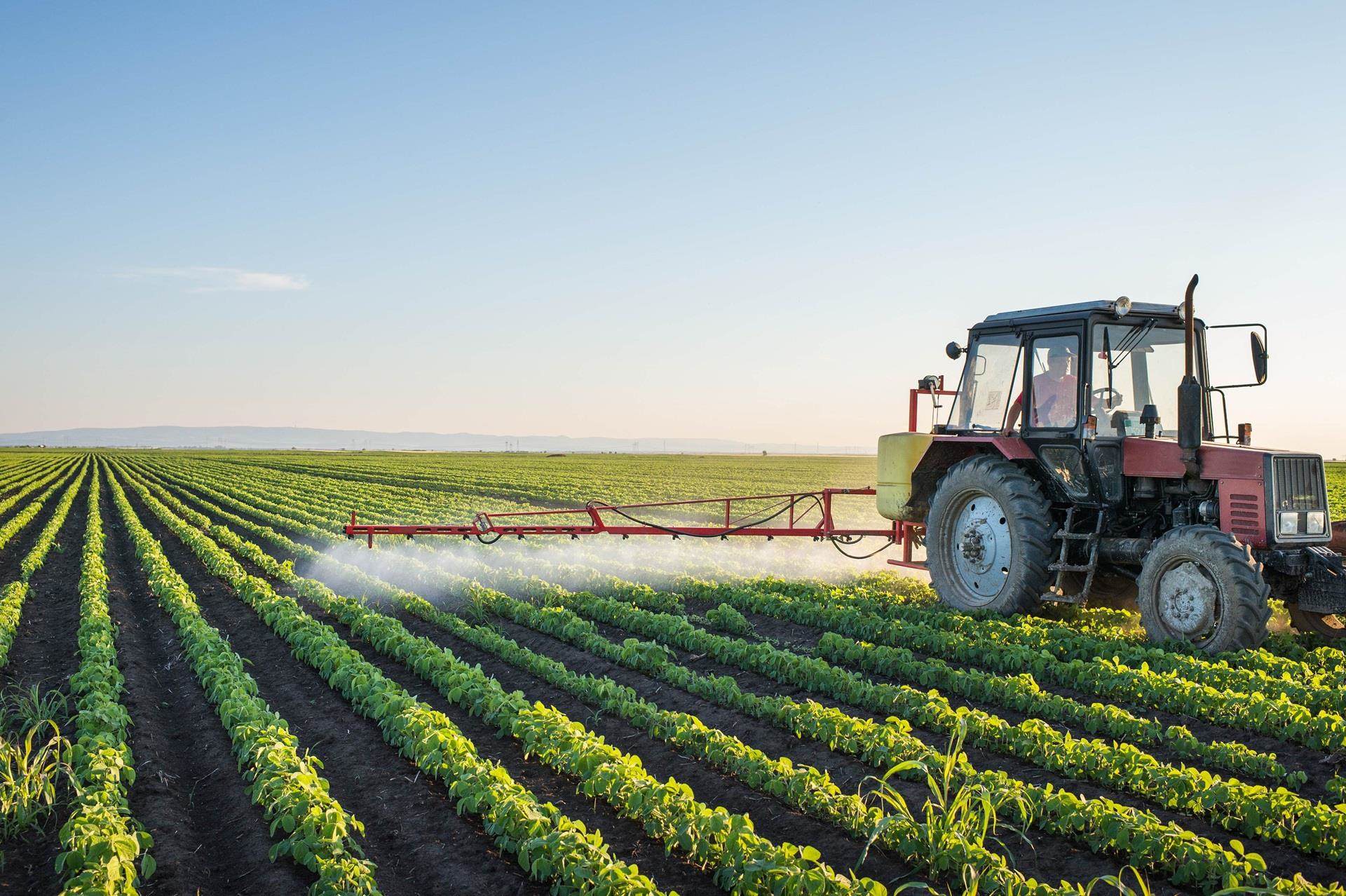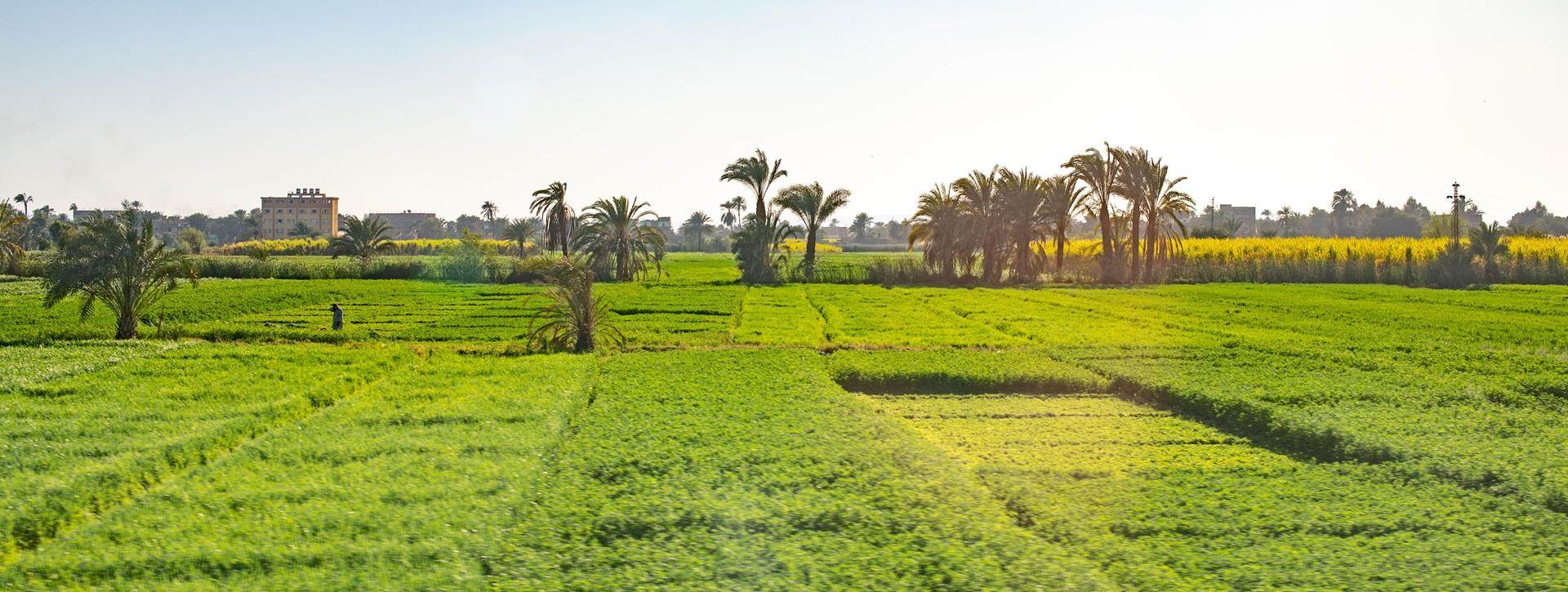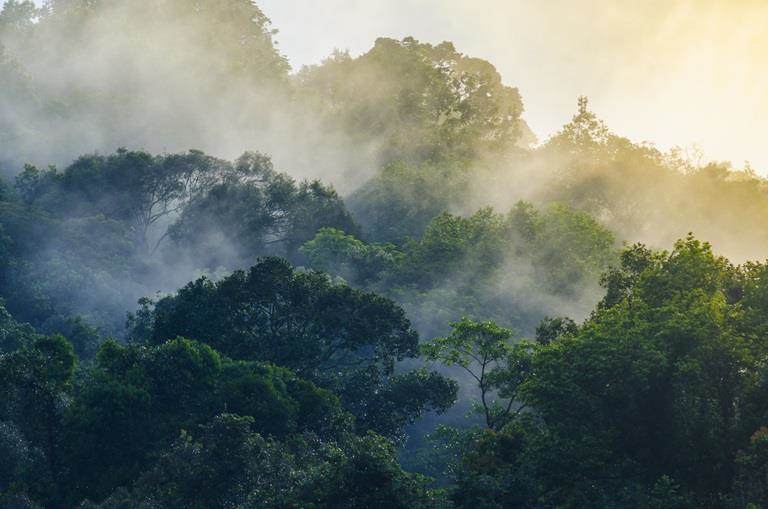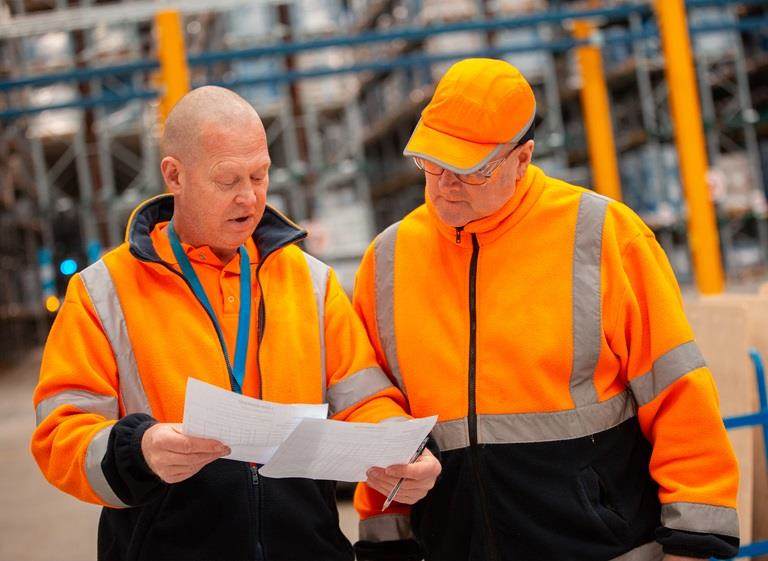
Preserving our planet’s resources
We are applying our technologies, reach and in-house expertise toward a mutually beneficial relationship between Croda and nature for a thriving planet and society.
Our long-standing relationship with nature and our leadership commitment enable us to work not only to mitigate our negative impacts but to actively improve the state of nature and people's lives through active engagement and monitoring of our land footprint, and technological innovation. Our products will enable more land to be saved than is used to grow our bio-based raw materials and our innovation will help customers to mitigate the impact of climate change and land degradation, increasing the availability of land suitable for growing crops. By becoming Land Positive we will directly contribute towards the following UN SDG targets:
SDG 2.3, SDG 2.4
Zero hunger
SDG 12.2
Responsible consumption and production
SDG 13.2
Take urgent action to combat climate change and its impacts
SDG 15.2, SDG 15.3, SDG 15.5
Life on land
Contributing to a Nature Positive future
We announced our aspiration to become Net Nature Positive in 2022 and, since then, have recognised this is a global ambition, defined by the Nature Positive Initiative, in which we have an important contribution to make. We aim to build on the progress we have already made in the sourcing of bio-based raw materials, reducing deforestation and water impacts, preserving ecosystems, and creating technologies for regenerative agriculture alongside suppliers, customers, partners and industry organisations.
Land Positive: our world in 2030
Our progress
Resource and biodiversity conservation
We launched 9 out of 10 qualifying breakthrough technologies by the end of 2024. We remain on track to launch an innovative biodegradable dispersant early in 2025 which would represent our 10th breakthrough.
A whitepaper 'Formulating Biologicals for agriculture' was released, discussing the opportunities that biologicals provide in crop protection, alongside the formulation and delivery challenges.
Beyond Land Positive, our businesses have also engaged with customers to increase transparency in support of their own environmental assessments. Our focus has been on Life Cycle Assessments and biodegradability.
Inspiring innovation
Our crop technologies and seed treatments help our customers’ products improve crop yields, in turn reducing the land area required to grow each
tonne of crop. We express this as land area saved and, in 2024, the total land area saved was 163,402 hectares, which is 59,983 hectares above our 2019 baseline. This fell short of our 2024 milestone due to challenging agricultural market conditions in 2024. We were one of the first in our industry to attempt to quantify nature impacts of our technologies in this way. We recognise the need to mature these nature-based targets to become more specific and directly connected to helping contribute to a Nature Positive world.


